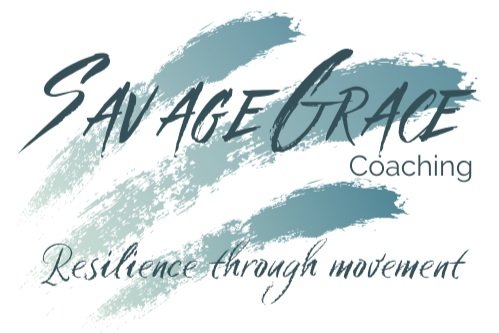
Welcome to The Work IN!
Instructor injury and teaching off the mat
No matter how strong, fit or healthy we all get injuries from time to time. It’s petrifying for fit pros because so many of us are contractors so no work no pay. I don’t know any instructor who hasn’t had to deal with an injury from time to time. Sometimes you have to take time off. But you can take less time off if you know how to teach off the mat. Today on the work IN we’re talking about how to navigate recovery and maybe up our instructor skills along the way.
Decoding trauma science for fit pro’s
In the trauma-informed space where movement, mental health and western medicine overlap, there is an expectation that as a wellness professional we are up to date on the latest science and most effective ways to help people optimize their health. There’s an assumption in the US that we have proof of efficacy for all of our favorite mind body modalities through double blind controlled studies. The truth is the space between eastern and western medicine is filled with hope and unanswered questions. Today on the work IN we’re discussing some of the difficulties with getting hard science when it comes to mind body modalities and what we do with answers that aren’t what we hope for.
Emotional Dysregulation 101
When a child is emotionally dysregulated we call it a temper tantrum, a phase and these days “big feelings”. When an adult is emotionally dysregulated we call it mental illness. What is it that happens or doesn’t happen between childhood and adulthood that paves the way for the long list of disorders now associated with emotional dysregulation and what can we do differently? That’s the topic for today’s Work IN.
Critical connections beyond weight loss
People are wired for connection. It’s an evolutionary survival mechanism innate in even the most introverted of us. And it’s repeated from our cultural community and tribal tendencies all the way down to a cellular level in the body. Connection in the context of health and wellness can look like mindfulness practices, building self awareness through meditation and journaling, setting healthy boundaries, improving work life balance, strengthening relationships with family and friends, getting involved in your community, building your own communication and leadership skills, tapping into hobbies and activities that bring you joy.
On the surface those things might not seem as critical to our health as getting our blood pressure under control or lowering our cholesterol and losing weight. But it’s precisely BECAUSE those things are critical that we need to acknowledge the influence that our connection to ourselves and our community has on those more measurable health outcomes. Today we’re discussing the internal and external connections that matter when we’re making changes to our health.
How to stop playing it safe and get out of protection, hypervigilance and anxiety
We are working our way through 5 categories of health with our Cat 5 challenge and today we’re diving into category 4 the nervous system. Last week we discussed the overlap of the nervous system and sleep and how we’re looking for ways to help the body feel safe enough to be able to relax into that parasympathetic so we can rest and be close to other people. Today I want to discuss how playing it safe ALL the time can actually keep you in a state of protection, hypervigilance and anxiety.
The Sleep Sex Stress Connection
Everything we do during the day can affect how we sleep from what we eat and drink to when we eat and drink, when and how we exercise, whether or not we get outside to the temperature of the room and the state of our sex life. But today I want to talk about something different in relation to sleep, sex and stress. And that’s our perception of safety.






